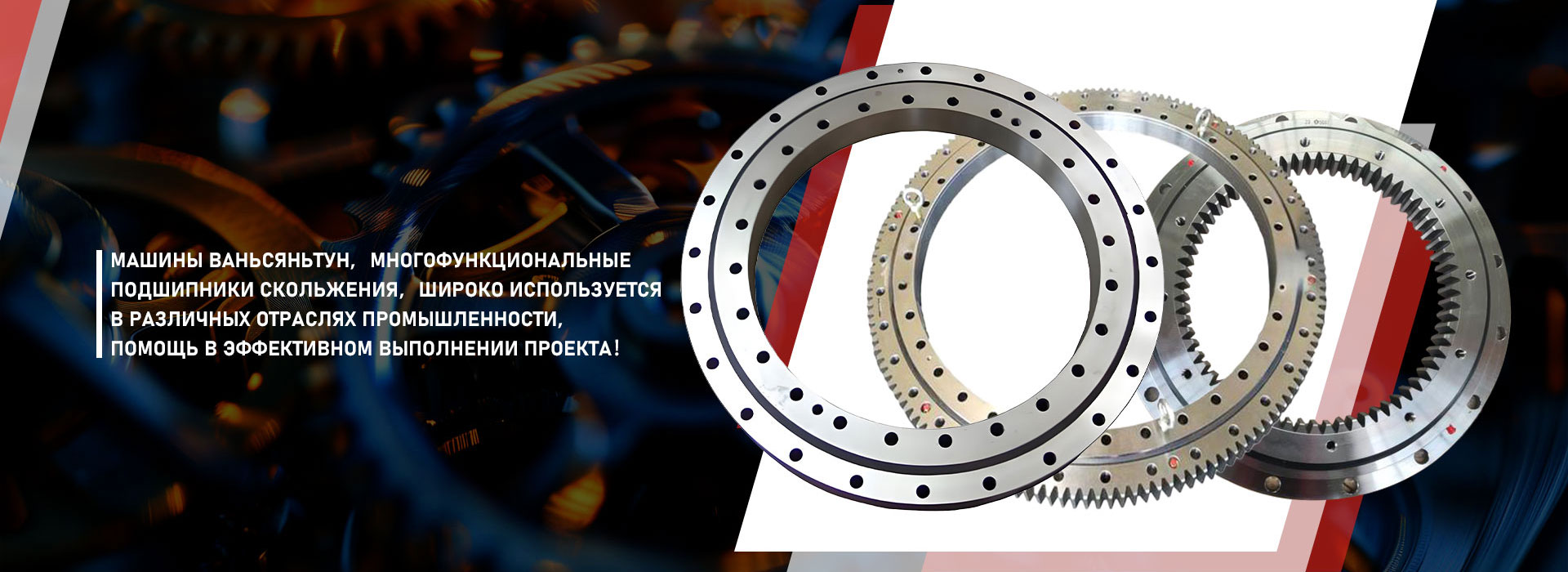
Ship rotary bearing
Ship rotary bearing
The ship's rotary bearing is a key element on any vessel that provides smooth and reliable rotation of the shafts that drive various mechanisms. Imagine a huge ship, like a giant mechanism in which all parts should work in coordinated harmony. A rotary bearing is like an axis around which these ramparts rotate, like rotating gears in the heart of a mechanism. It allows them to move without significant energy losses and with high accuracy, providing the long and reliable work of the whole vessel.
The device of the rotary bearing
The basis of any rotary bearing is the principle of friction. But not simple friction, but controlled and minimized. It consists of several important elements: the internal and external clips, which seem to hug the shaft, and special materials (usually with the addition of lubrication), which reduce friction between them. Modern bearings are equipped with improved cooling and lubrication systems, providing maximum durability and reliability even in extreme conditions of sea swimming. Some bearings are even equipped with diagnostic systems that signal possible malfunctions.
Rotary bearing functions
The main function of the rotary bearing is to provide rotation of shafts with minimal resistance. This reduces the wear of the mechanisms and increases the efficiency of the engine. In addition, he must withstand heavy loads that occur when the vessel moves, as well as fluctuations that occur during sea travels. This is especially important for maintaining the stability of the ship and preventing breakdowns. Reliable bearings help to avoid delays and accidents, which means they retain human lives and provide normal work at the sea. In addition, the correctly working bearing contributes to a smaller fuel consumption due to lower energy losses.
The importance of choosing a high -quality bearing
The choice of a rotary bearing is a very crucial step. A high -quality bearing is the key to the long and uninterrupted operation of the entire vessel. The wrong choice can lead to serious breakdowns, significant financial costs and, most importantly, the danger to the crew and cargo. Therefore, the selection of the bearing should be based on the specific characteristics of the vessel and its operating conditions. Professional selection of a bearing is a guarantee of safety and effective work of the vessel.
AppropriateProducts
Corresponding products
The best soldproducts
The best -selling productsConnectedsearch
Related search- Repair manufacturers of supporting devices
- Suppliers of the OEM gear of the 1st program
- Suppliers gear of the crankshaft 16 valves from China
- Cheap price of processing parts of the machine
- The price of cheap bearings 5
- Plants for the production of gears of the rear gear in China
- The price of OEM shaft-sheet
- Prices for the repair of the Vlavostok supporting device in China
- Suppliers of Tadano supporting devices
- Cheap gears 5 manufacturers














